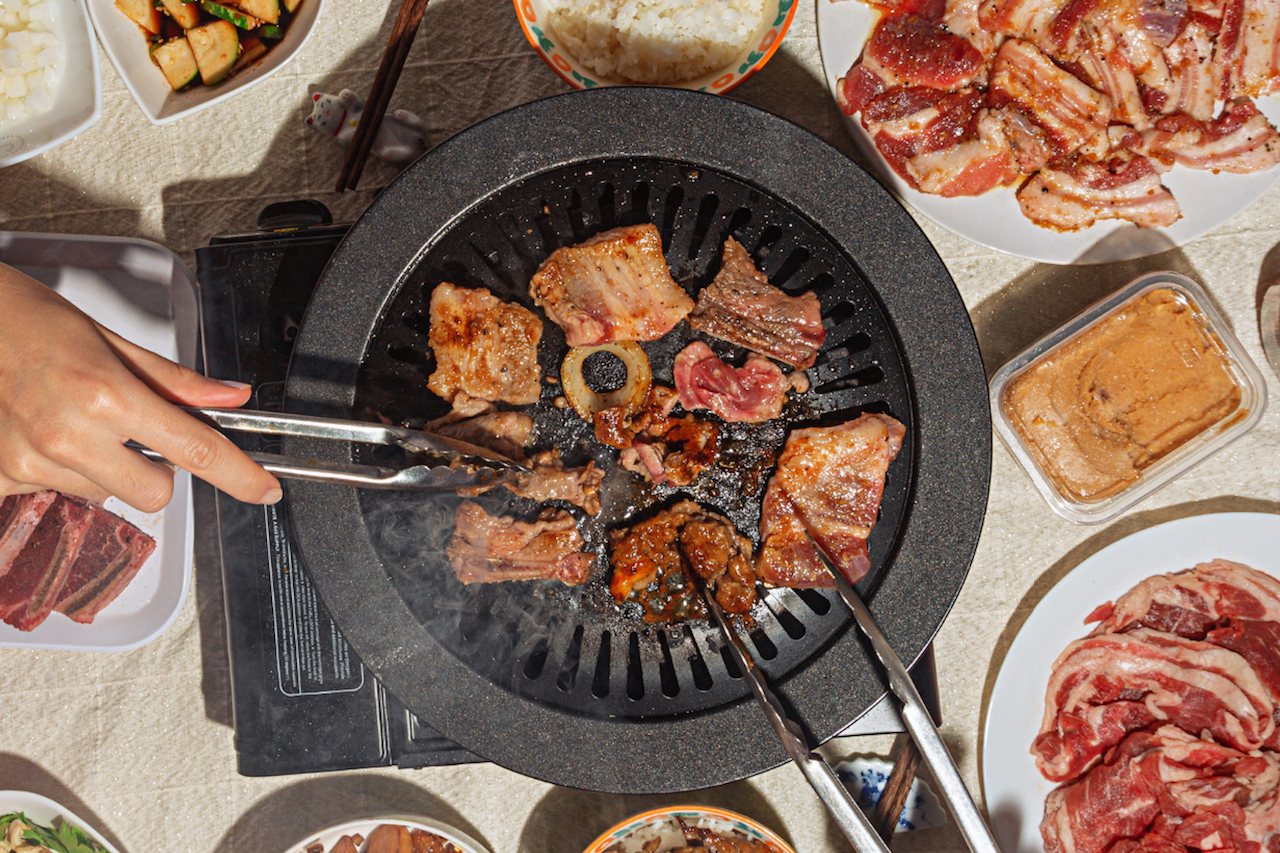As one of the most famous cuisines in the world, Japanese food has a rich history and endless options. With an intense focus on seasonality and techniques, Japanese meals have a bit of something for everyone. While sushi is the most famous, there are plenty of other Japanese dishes you should try.
Tempura

Using frying techniques brought over by the Portuguese in the 16th Century, tempura has a rich history. Compromising primarily of seafood and vegetables (chicken tempura, called toriten, is a regional specialty in Ōita Prefecture), tempura is characterized by its light batter and delicate seasoning. The batter is generally unsalted and seasoned after cooking by dipping in salt or a tempura dipping sauce (tentsuyu) made from shoyu and dashi. More than just a side dish, tempura can be found at the highest levels, with entire fine-dining tasting menus centered on tempura.
Soba

Traditionally made from buckwheat flour (although most commercially made brands also use wheat), soba is much lighter in flavor than the more well-known ramen. As a Japanese dish, it’s also much older than ramen, with a history that dates back to the 17th Century. Thin and nutty in flavor, soba can be served cold with a dipping sauce or hot and topped with tempura. It can even be served in a cold broth and topped with Japanese sudachi slices, a small, lime-shaped citrus native to Japan.
Yakiniku

Meat on the grill — what’s not to love? Yakiniku BBQ is Japan’s answer to Korean BBQ. In fact, yakiniku was brought to Japan by Koreans and shares many similarities. Both styles are centered on table-side grilling. Yakiniku is typically more beef-centered (the famous wagyu) and features more animal offal and fewer side dishes. Enjoy yakiniku with plenty of cold beer or a refreshing whisky highball.
Japanese-style curry

It might be surprising to some, but curry in Japan is one of the most popular foods in the country. Historically, Japanese curry was actually brought over by the British. Most Japanese-style curry is made from boxed roux packages, such as Golden Curry. When cooked, it resembles more of a gravy and served with rice or udon. It’s very popular topped with fried pork or chicken tonkatsu. While most Japanese curry looks similar, different shops have their own recipes, adding sweetness or changing spice levels. There are also regional variations, such as Hokkaido-style soup curry, a brothy and vegetable-heavy version of standard Japanese curry.
Karaage

Simply put, this is one of the best Japanese foods to try. Boneless and crispy, this Japanese fried chicken is commonly served with thinly-sliced cabbage and Japanese mayonnaise as a dipping sauce. In Japan, karaage is often found in restaurants as part of a set meal called teishoku, composing of rice and various side dishes. It’s also common to find karaage in Chinese restaurants in Japan.
Hot pot/nabe

Nabe, or hot pot cuisine, is extremely popular in Japan and infinitely diverse. From Fukuoka beef intestine motsu-nabe to umami salmon ishikari nabe from Hokkaido, there’s a nabe for any kind of craving. Similar to yakiniku, nabe is often cooked and eaten table-side on a portable burner. One of the most popular versions is sukiyaki, a beef hot pot. Thin slices of beef are cooked in a sweet soy sauce with vegetables. Sukiyaki is often enjoyed dipped in a beaten raw egg as the sauce.
Okonomiyaki

Okonomiyaki, often described as a Japanese pancake, is savory instead of sweet. Packed with cabbage, meat, and other ingredients, okonomiyaki is a hearty, gut-busting Japanese meal. There are two main styles of okonomiyaki: Kansai/Osaka style and Hiroshima style. In America, you are more likely to encounter Osaka style, which is when the batter and ingredients are mixed and cooked together, resulting in a large pancake. The Hiroshima style uses similar ingredients, just cooked and assembled differently. Instead of mixing everything together, the batter is prepared as a thin crepe and then stacked with the individual cooked ingredients into layers.
Ramen

As one of the most well-known Japanese dishes besides sushi, ramen is also misunderstood. First, Japanese ramen was brought over to Japan from China but has since evolved into its own distinctive style. Ramen in Japan is regional and evolving. Different regions in Japan enjoy different styles, resulting in varying broths and toppings. For instance, in the northern Japanese island of Hokkaido, a regional style of ramen here centers on a miso-flavored broth. Corn and a slice of butter can often be found as toppings for this style of ramen, making it a unique flavor combination.




